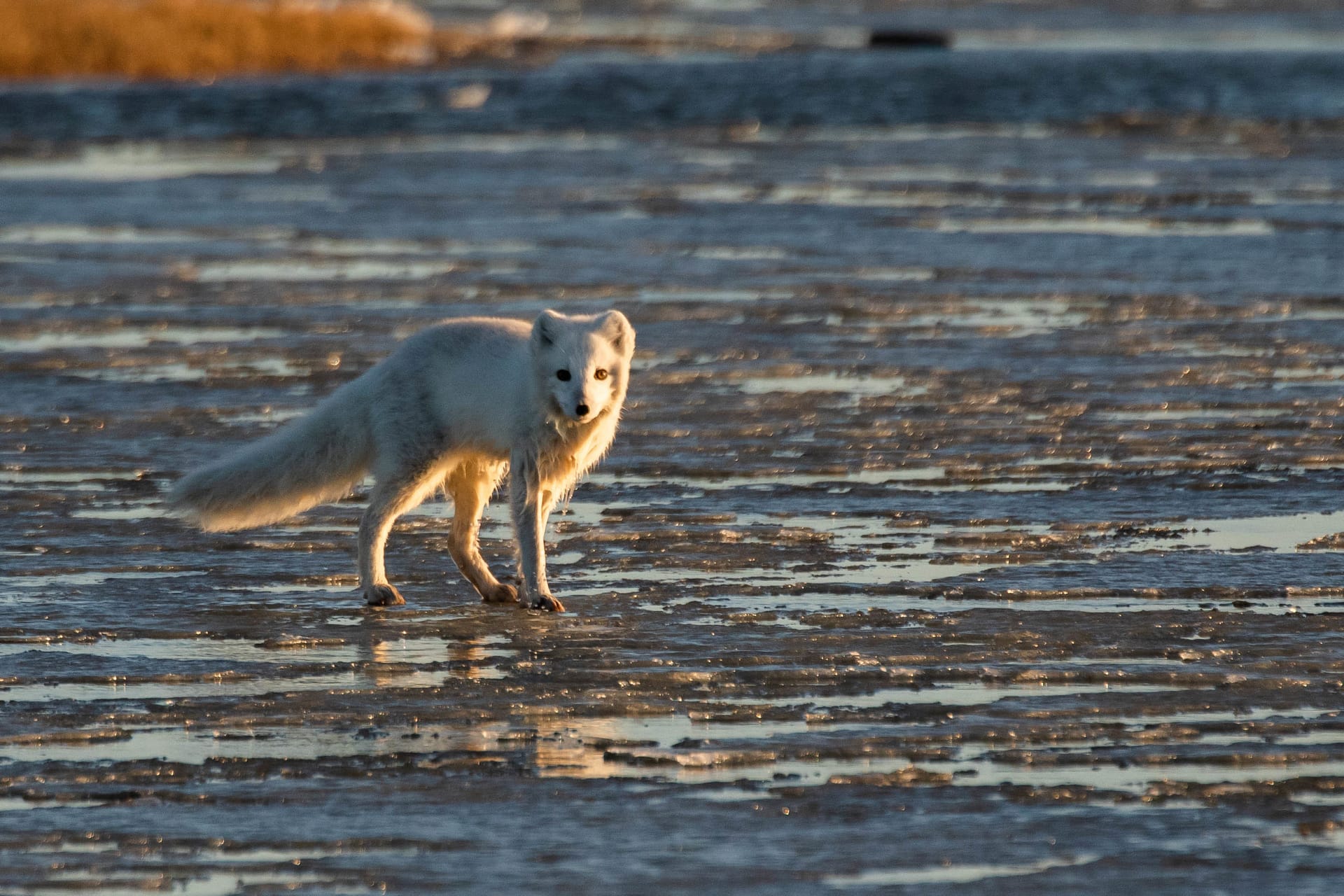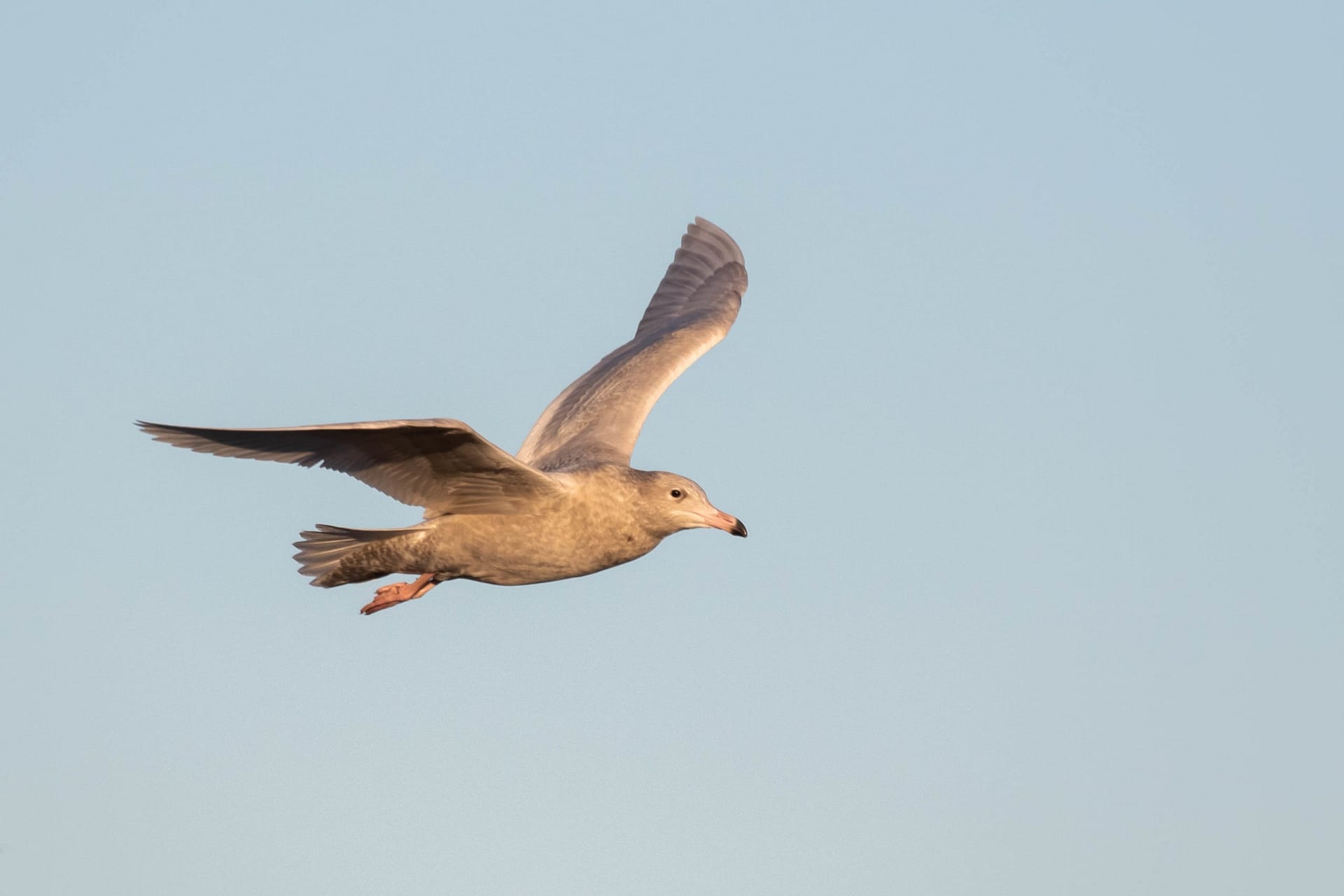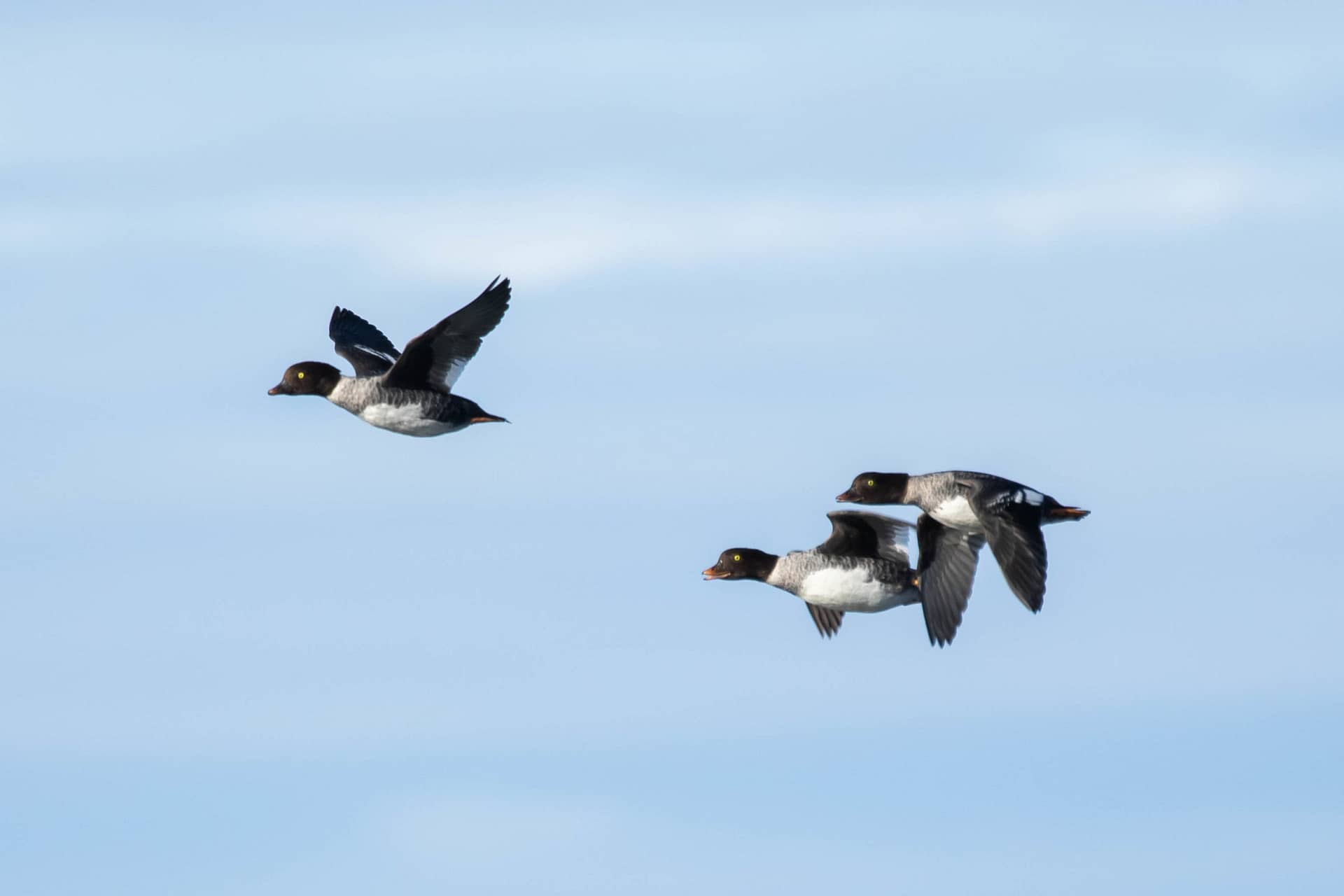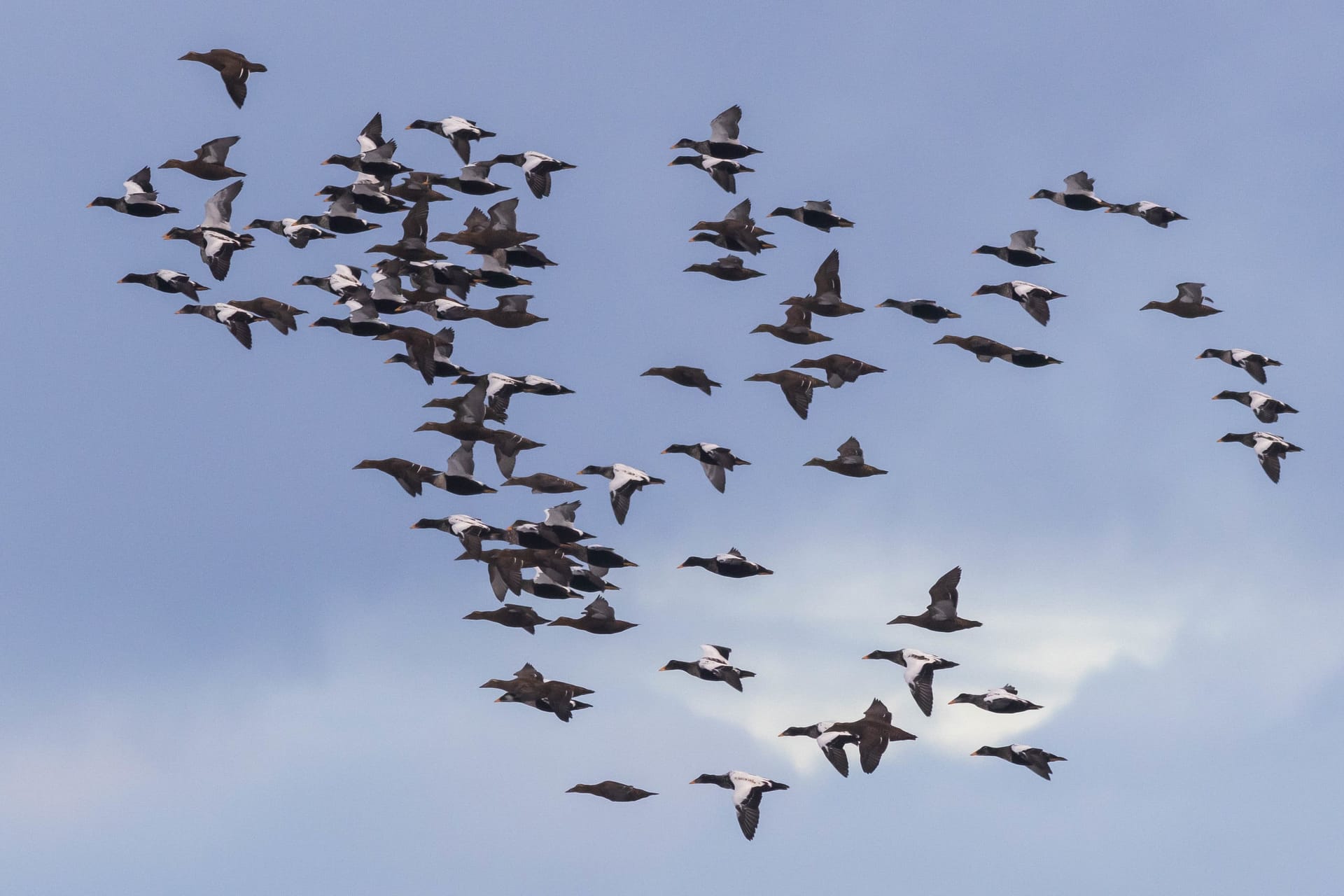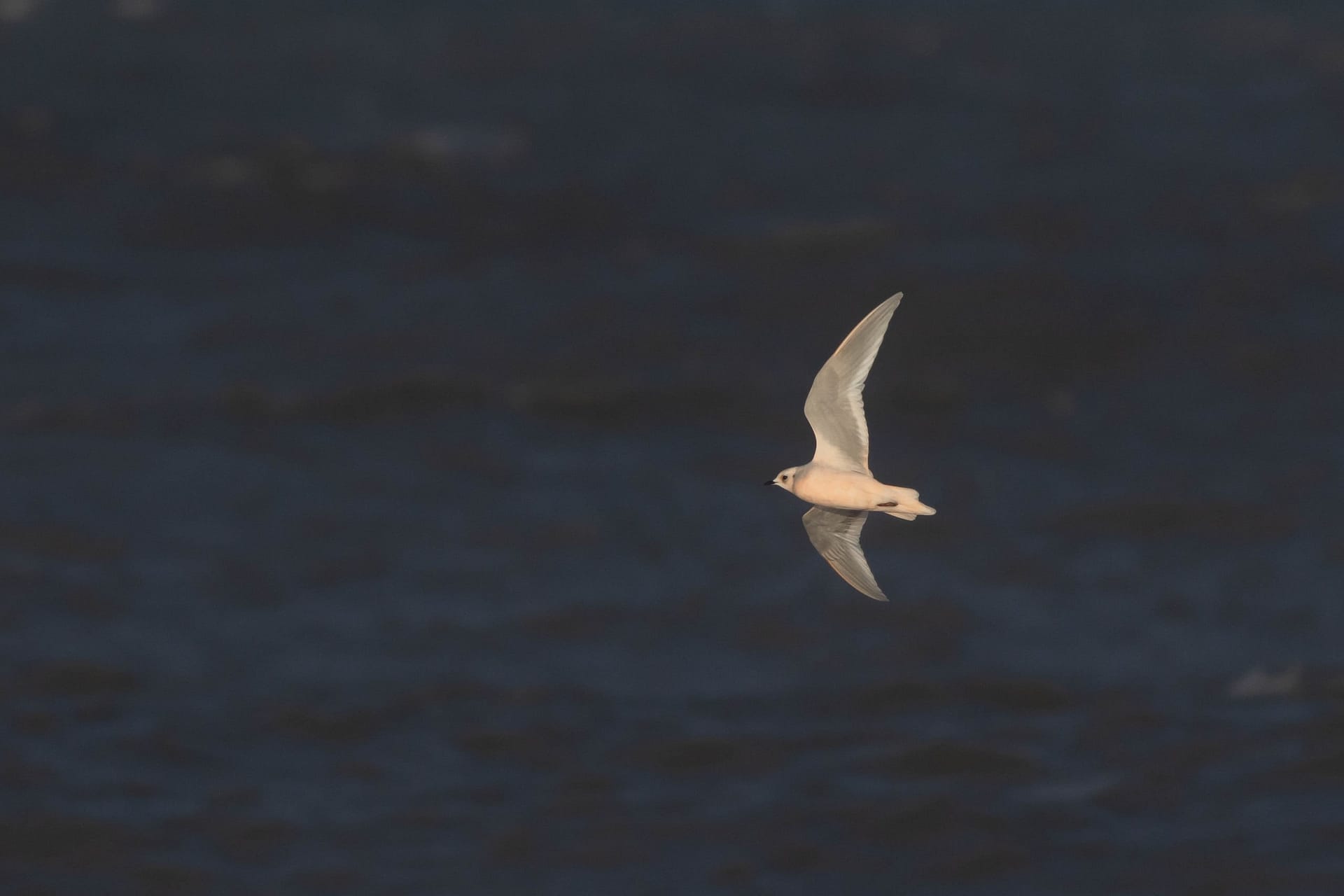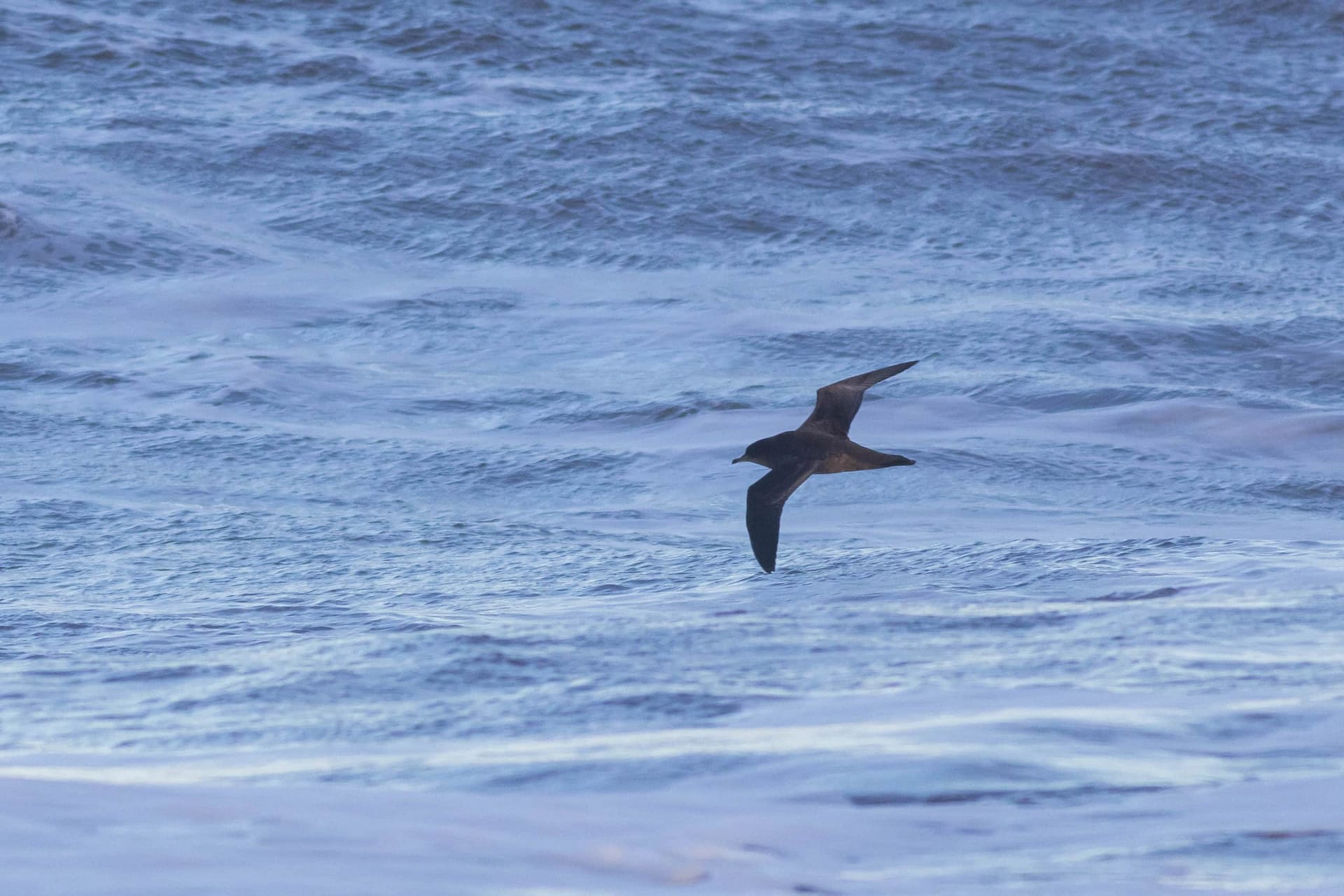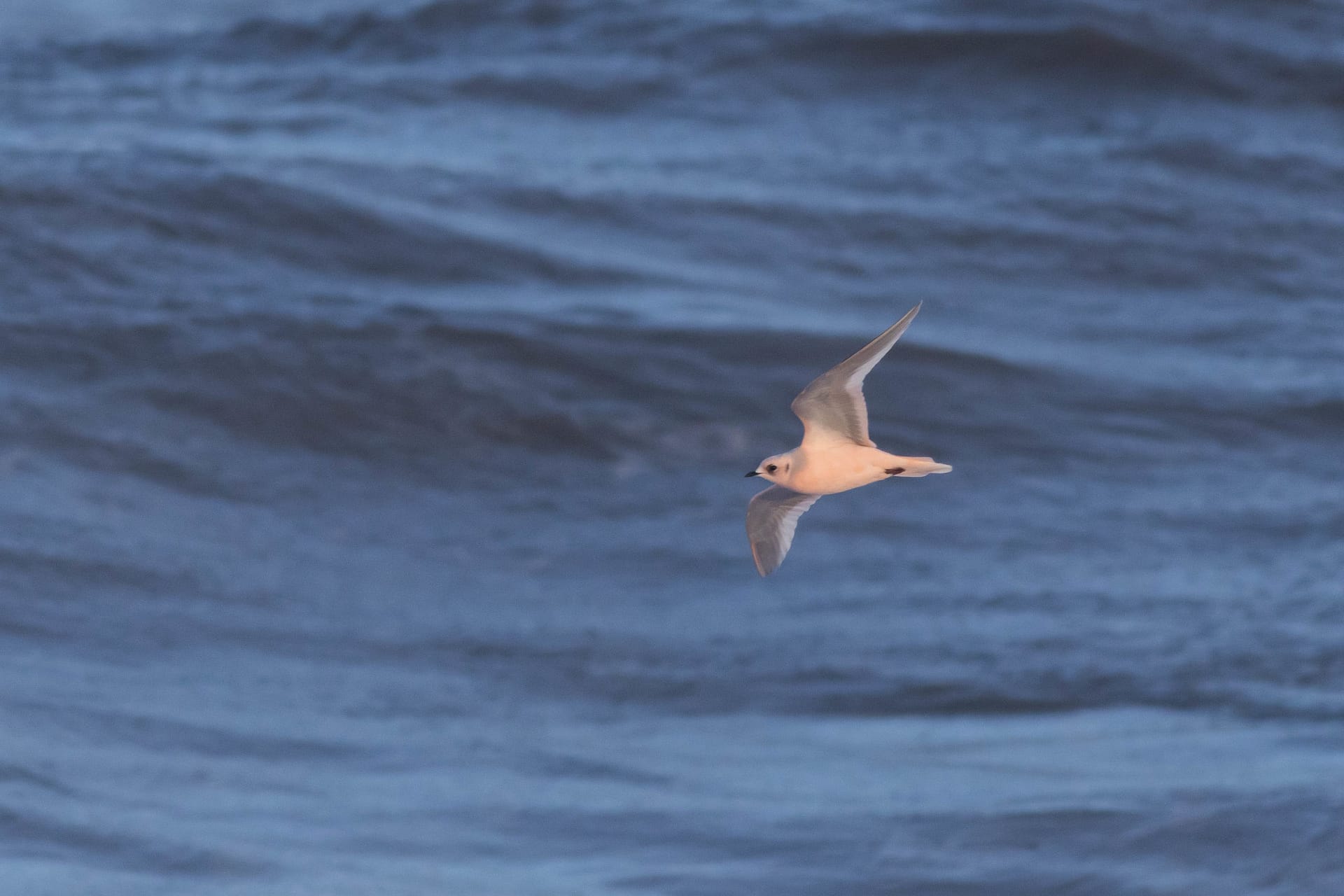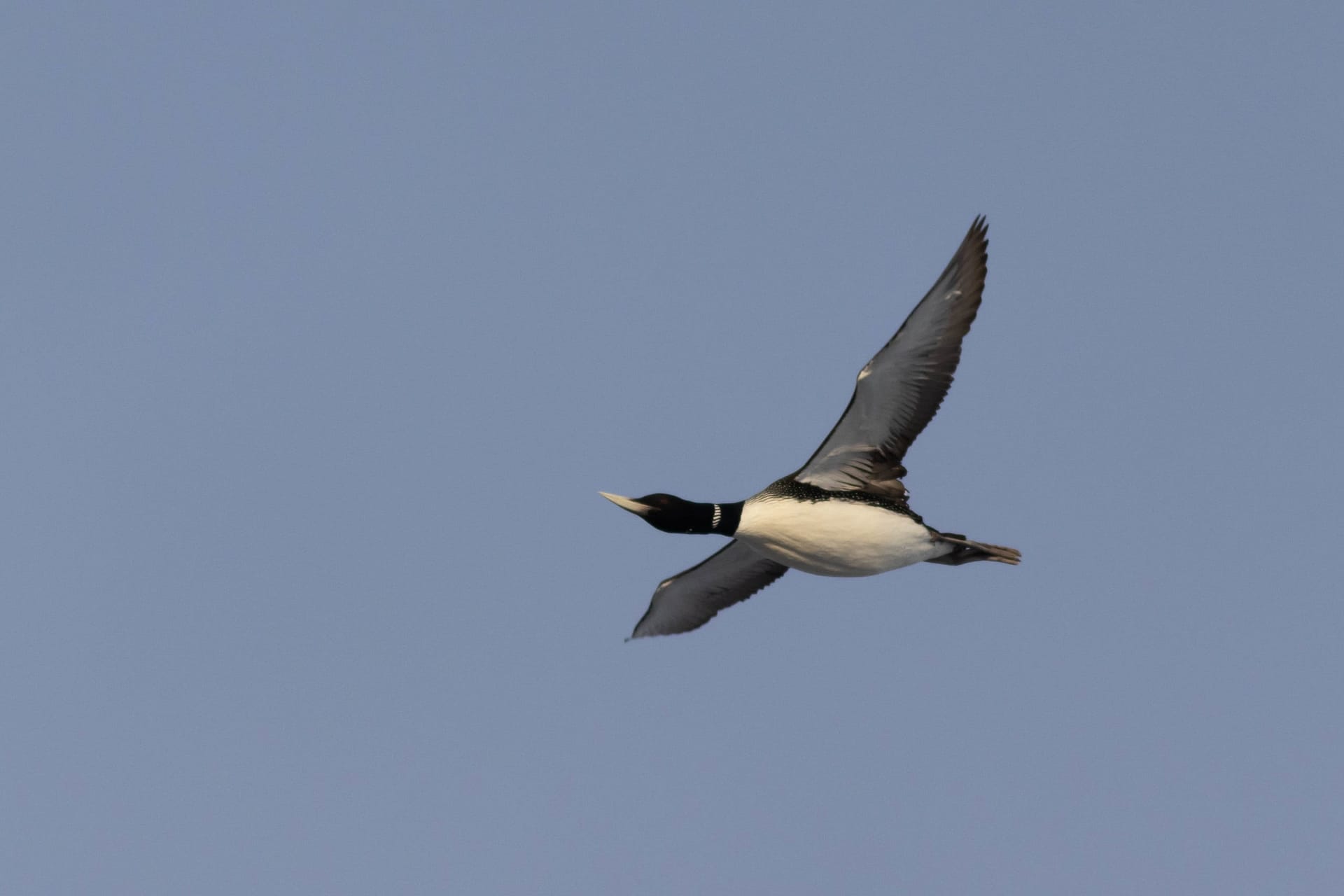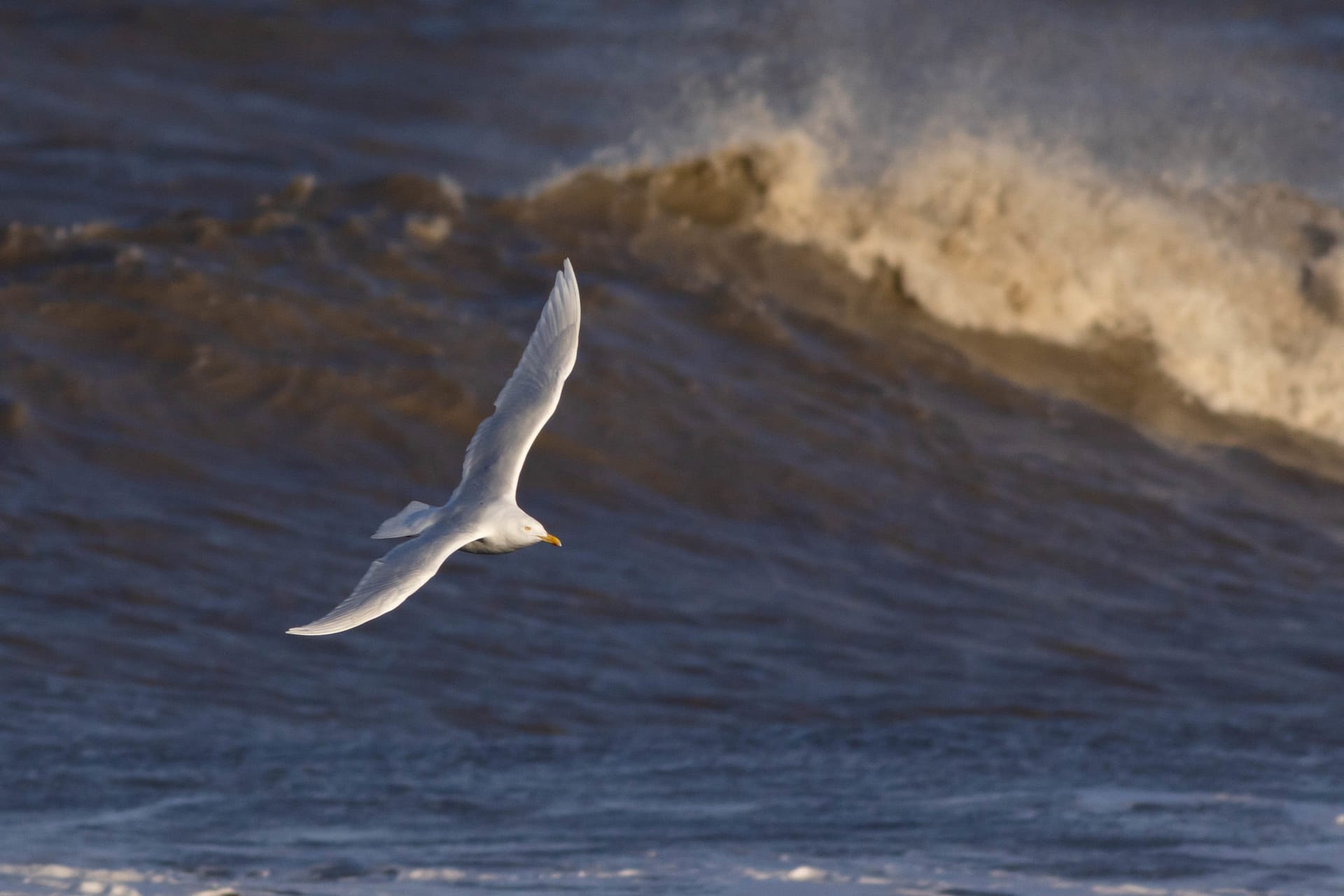Greg Miller Big Year Series
Alaska: Utqiaġvik Ross’s Gull Migration
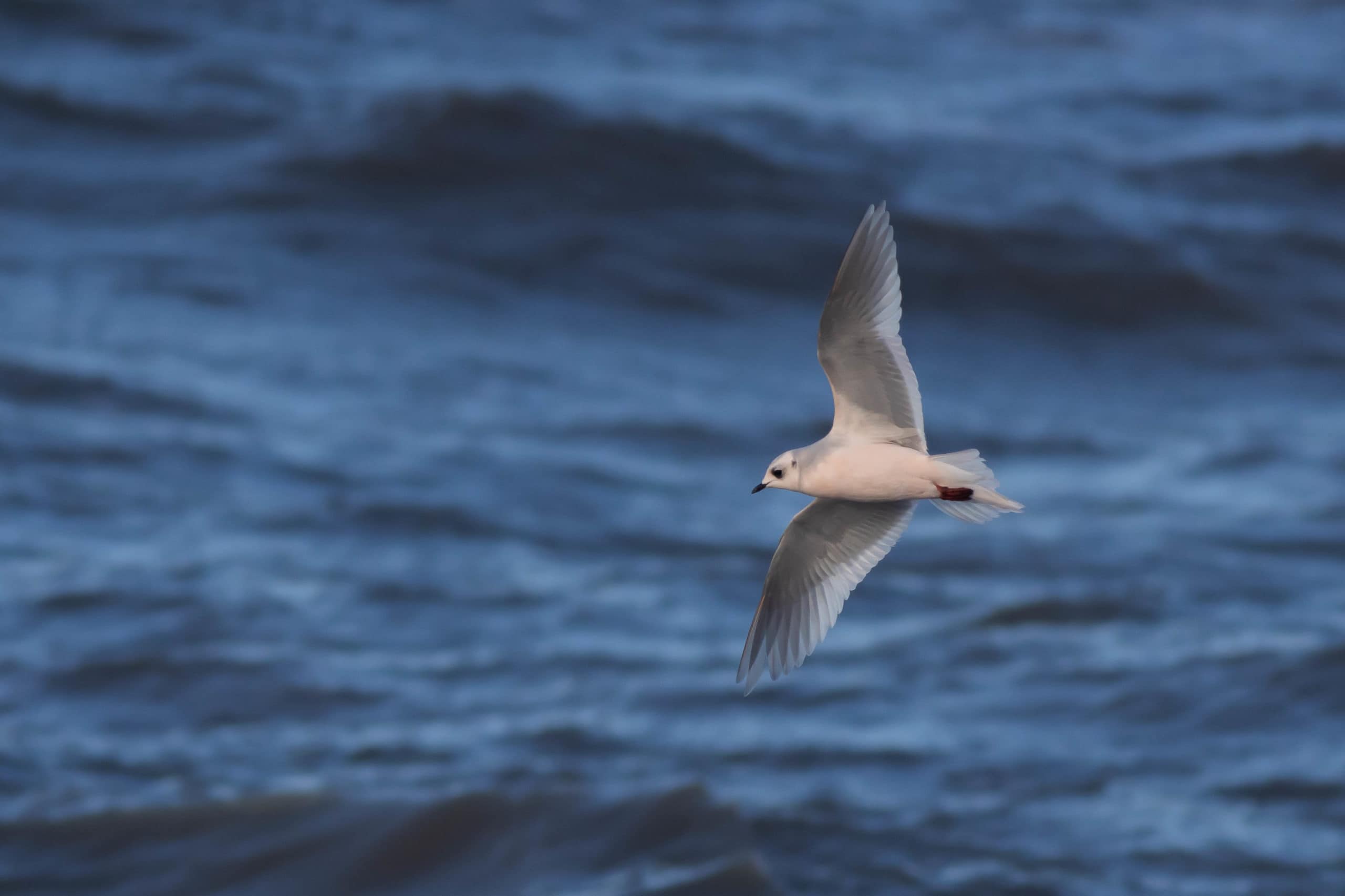
TOUR FOCUS
BIRDS & WILDLIFE
SCHEDULED TOURS
2025 :: October 3 - October 9
TRIP LEADERS
TOUR COST
From: $4,000 (See details)
Cost is per person, double occupancy from Anchorage (ANC)
GROUP SIZE
6 - 10 Participants
AVAILABILITY
2024: 10 spaces available
2025: 9 Spaces available
PRIVATE TOUR OPTION
This tour is available as a private trip for any size group. The tour cost will vary with the number of people and any custom requests.
TESTIMONIALS
Highlights of Alaska: Utqiaġvik Ross’s Gull Migration
Description of Alaska: Utqiaġvik Ross’s Gull Migration
The arctic outpost of Utqiaġvik (formerly Barrow) is the northernmost city in the United States. This small Iñupiat town is literally at the edge of the World! The enormous tundra and scattered lagoons of Alaska’s North Slope abruptly end in Utqiaġvik, where the Chukchi and Beaufort Seas meet at Point Barrow. The winter is long, dangerously cold, and extremely windy. When the sun sets in mid-November it will stay below the horizon until late January, resulting in ~66 days of total darkness! During fall storms, waves crash against the gritty beaches, threatening homes and tearing away at the town’s coastal roads. Living in such an extreme environment is difficult, but each summer hundreds of thousands of birds return to nest on the fertile tundra, and the Iñupiat people have also managed to carve out a living there for over 1,500 years! In fact, the name Utqiaġvik literally translates to “the place where Snowy Owls are hunted”!
We will definitely keep an eye out for Snowy Owls, but our primary quarry will be one of the World’s rarest birds – the stunning Ross’s Gull! During a brief window in October, a large percentage of the entire population of these tiny, pink gulls migrate past Point Barrow as they move between food-rich areas in the Arctic Ocean. Ross’s Gull’s, also known as “Rose-breasted Gulls”, are largely inaccessible to North American birders. Their extremely restricted range, mysterious habits, striking plumage, wedge-shaped tail, and adorably small size make them incredibly unique and easily one of the most sought-after birds! Although they were previous thought to ‘paint’ themselves pink, the coloration actually comes from eating large amounts of red-pigmented crustaceans during the breeding season. Juvenile Ross’s Gulls have their own charm; lacking the pink wash to their undersides but showcasing a bold, black M-shaped pattern across the topside of their wings. This tour aims to put us at exactly the right place and time to have the best odds at seeing Ross’s Gulls up-close and in good numbers!
In addition to Ross’s Gulls we also have the chance to see migrating Yellow-billed Loons, King Eiders, Spectacled Eiders, “Pacific” Common Eiders, Red Phalaropes, Pomarine Jaegers, Sabine’s Gulls, Glaucous Gulls, “Thayer’s” Iceland Gulls, Black-legged Kittiwakes, Short-tailed Shearwaters, and possibly very rare Ivory Gulls! Searching the town and tundra can often turn up Snow Buntings, Snowy Owls, Hoary Redpolls, and maybe a vagrant songbird or two! Beyond the birds, we also have an opportunity to see Arctic Foxes, Spotted Seals, Ringed Seals, Walrus, and of course – the holy grail of arctic animals – Polar Bears! The annual Iñupiat hunt for Bowhead Whales typically ends in early October, and any remnant whale meat scattered along the coastline is a major draw for gulls, foxes, and bears.
This 7-day tour begins and ends in Anchorage where we will briefly spend time birding before flying to Utqiaġvik. Anchorage is Alaska’s largest city, and is nestled between Cook Inlet and the Chugach Mountains. Several city parks and nearby reserves provide a great introduction to the region. Barrow’s Goldeneye, American Three-toed Woodpecker, Glaucous-winged Gull, Short-billed Gull, Canada Jay, Varied Thrush, Boreal Chickadee, American Dipper, Spruce Grouse, and White-winged Crossbill will be searched for as time allows. Moose are common, and Dall’s Sheep may be seen. If we are really lucky we might even see Belugas at Turnagain Arm.
This tour is designed to be part 2 of an 11-day tour in combination with ALASKA: St. Paul Island Fall Vagrants. We certainly suggest joining us for the full double-tour to really make the most of a fall visit to Alaska, but you are also welcome to sign up for just the St. Paul Island half or the Utqiaġvik half. More details are explained in the itinerary below, and you are welcome to contact us any time if you have questions!
Length of Tour
7-days/6-nights
Brief Itinerary
This tour is designed to be part 2 of an 11-day tour in combination with ALASKA: St. Paul Island Fall Vagrants. We certainly suggest joining us for the full double-tour to really make the most of a fall visit to Alaska, but you are also welcome to sign up for just the St. Paul Island half or the Utqiaġvik half. More details are explained in the itinerary below, and you are welcome to contact us any time if you have questions!
Day 1. Arrivals to Anchorage Int. Airport (ANC).
Day 2. Birding in Anchorage area. Afternoon flight to Utqiaġvik (Barrow).
Day 3. Birding around Utqiaġvik (Barrow). Night in Utqiaġvik.
Day 4. Birding around Utqiaġvik (Barrow). Night in Utqiaġvik.
Day 5. Birding around Utqiaġvik (Barrow). Night in Utqiaġvik.
Day 6. Return flight to Anchorage. Night in Anchorage.
Day 7. Departures from Anchorage Int. Airport (ANC).
Detailed Itinerary
Day 1. Arrivals to Anchorage Int. Airport (ANC).
Please plan to arrive to the Ted Stevens Anchorage International Airport at any time on the first day, and take the hotel shuttle to the Coast Inn at Lake Hood. You can also sign up for the Alaska: St. Paul Island Fall Vagrants tour which runs five days ahead of this tour and returns to Anchorage on this day. Night in Anchorage.
Day 2. Birding in Anchorage. Afternoon flight to Utqiaġvik (Barrow).
Sunrise in October is not until 8:15am at this latitude, so after a leisurely breakfast and introductions at the hotel we will set out to bird multiple locations around Anchorage for target species before heading back to the airport for our afternoon flight to Utqiaġvik. Several city parks and nearby reserves provide a great introduction to the region. Barrow’s Goldeneye, American Three-toed Woodpecker, Glaucous-winged Gull, Short-billed Gull, Canada Jay, Varied Thrush, Boreal Chickadee, American Dipper, Spruce Grouse, and White-winged Crossbill will be searched for as time allows and depending on the latest sightings. Moose are common, and Dall’s Sheep may be seen. If we are really lucky we might even see Belugas at Turnagain Arm. It is a 2-hour flight from Anchorage to Utqiaġvik, crossing over the Brooks Range to the small city on the shores of the Arctic Ocean. We should arrive in time to bird near town before dark. Night in Utqiaġvik.
Day 3. Birding around Utqiaġvik (Barrow). Night in Utqiaġvik.
Three full days will be dedicated to staking out Ross’s Gulls along the shoreline of the Arctic Ocean. Although this is the peak window for Ross’s to be moving past Point Barrow, the can still be unpredictable. Sunrise at this latitude is not until ~9:10am, so we can have breakfast in town before heading out for first light. Depending on weather conditions, we will decide when the best windows of time are for sea-watching and then spend the other periods searching the nearby tundra, town, and frozen lakes for additional specialties.
Weather and visibility can be highly variable, but generally you should prepare for cold and windy conditions. We may spend many hours sea-watching to ensure we see the gulls. Having the appropriate gear to stay warm and comfortable is very important. You can also take shelter in the van.
Beyond the Ross’s Gulls, sea-watching here can be World class! Red-throated Loons, Common Loons, Pacific Loons, Yellow-billed Loons, King Eiders, Spectacled Eiders, large numbers of “Pacific” Common Eiders, Long-tailed Ducks, White-winged Scoters, Red Phalaropes, Parasitic and Pomarine Jaegers, Sabine’s Gulls, Glaucous Gulls, “Thayer’s” Iceland Gulls, Black-legged Kittiwakes, and Short-tailed Shearwaters can be present in large volumes. Rarities such as Black Guillemots, Thick-billed Murres, and Northern Fulmar could fly by at any moment! If we’re really lucky maybe a Steller’s Eider, Gyrfalcon, Ivory Gull, or Slaty-backed Gull will make an appearance! You never know until you get there and look! The seawatching definitely keeps you on your toes!
Checking frozen lakes, snowy tundra, and random spots around town that are protected from the wind can often result in finding other interesting and unexpected birds. Snow Buntings and Hoary Redpolls sometimes visit backyard bird feeders, and wayward songbird migrants or Eurasian vagrants have a habit of turning up during this timeframe. Willow and Rock Ptarmigan, Snowy Owl, and Rough-legged Hawks are possible. Arctic Foxes and multiple species of seal can be quite common, and we will keep an eye out for Walrus or even a distant Bowhead Whale. If a Polar Bear is spotted nearby, that will certainly take priority over everything!
Day 4. Birding around Utqiaġvik (Barrow). Night in Utqiaġvik.
See day 3 description.
Day 5. Birding around Utqiaġvik (Barrow). Night in Utqiaġvik.
See day 3 description.
Day 6. Return flight to Anchorage. Night in Anchorage.
We will have most of the day to continue birding in Utqiaġvik. Our flight departs in the late afternoon, typically arriving in Anchorage around 7pm. You may schedule your departure from Anchorage anytime after 9pm however we do suggest you wait until the next morning in case of flight delays which can be quite common in northern Alaska.
Day 7. Departures from Anchorage Int. Airport (ANC).
Departures at any time from Ted Stevens Anchorage International Airport.
Cost
Cost is $4,000 per person, based upon double occupancy, from Anchorage (Airport code ANC).
This trip ends in Anchorage (Airport code ANC).
Cost Includes
Cost includes airport transfers within Alaska (to/from Barrow), all ground transportation, accommodations, entrance fees, and the services of your professional leader(s).
Cost does not Include
All meals, flights to/from destination city, trip insurance, or anything that is not specifically mentioned in the itinerary.
Minimum Number
If fewer than the minimum number of participants registered the trip can still run with a small-group supplement fee per person determined by the number of participants.
Single Supplement
If a single room is preferred, or we are unable to find a suitable roommate for you, a single supplement fee of $800 will be assessed.
Deposit Requirements
A $1,000 deposit per person is required to hold each space on this tour. Deposit may be made online by clicking the "Book Your Trip Now" button and using any credit card. If you prefer, you may call us at 888-875-9453 to pay by phone. You may also mail us a check, however, remember that all space is held on a first come-first served basis as deposits are received.
Minimum Number
If fewer than the minimum number of required participants are registered, we may still be able to run the trip by adding a small-group supplement fee, per person, determined by the number of participants registered.
How to Book
In order to hold your space, click the "Book Your Trip Now" button above and complete the deposit process, including payment of the deposit through our Paypal portal using ANY CREDIT CARD. Upon completion of deposit, please visit our secure, online CLIENT INFORMATION FORM to complete your registration.
Final Payment
For all land-based tours: full payment by check is due 120 days prior to the departure date.
For all boat-based adventure cruises of 7-days or longer: full payment by check is required 180 days prior to departure.
NOTE: If you prefer to use credit card for final payment, a 3% fee may be added to cover the credit card merchant fees we incur.
Two nights at Coast Inn at Lake Hood, four nights at a single hotel in Utqiaġvik.
Activity Level Rating: 3 (Note: 1 is easy and 5 is difficult)
Please be prepared for long days of birding in challenging weather conditions. Weather and visibility can be highly variable, but generally you should prepare for cold and windy conditions.
Purchasing Flights
Do not purchase your flights until the trip has been confirmed to go.
Detailed Trip Information
Upon notification that final payment is due (120 days prior to departure for land based tours / 180 days for boat based tours), you will receive a trip package of detailed information for your tour.
Any additional information about the trip, including lodgings, contacts, participants, meeting locations, etc., will sent about 2 weeks prior to the trip departure, or after final payment is received for late registrants.
Travel Insurance
As with all tours, we recommend purchasing Travel Insurance to help cover your investment, for covered reasons. Please see our section on Travel Insurance.
Passport & Visa
US Citizens may require a visa to enter certain foreign countries. See above for any required visa information.
Participants arriving to the USA from a foreign country may need to get a travel visa to enter the United States. Be sure to check the requirements for your country of origin.
Itinerary Changes
The trip itinerary is developed many months ahead of time. Occasionally, despite our best planning, changes may occur during the trip, or we may be forced to alter our plans. Changes may occur because of weather, road conditions, safety concerns or other circumstances. In these situations, it is the leader(s) responsibility to carefully consider and implement appropriate alternatives. Any additional costs incurred because of changes will be the responsibility of each individual participant. Refunds will not be issued as a result of itinerary changes.
This is a new tour, but the results of our 2022 scouting visit are below.














